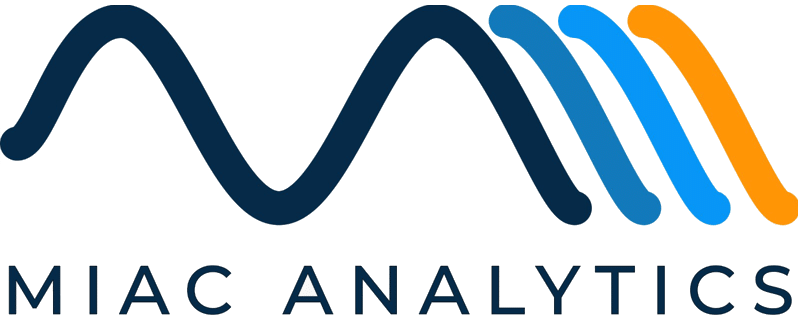Core Services
Regulatory ComplianceAdvisory
Advisory
Regulatory Compliance
Through effective risk management tools and years of accumulated expertise MIAC are able to assist partners in understanding and controlling risks by quantifying adequate capital levels defined by prudential regulatory capital requirements.
Independent assurance and validation are key for our partners when adhering to ever changing regulatory requirements
Regulatory Compliance at MIAC
Within regulatory compliance, MIAC is mainly focused on Basel II & III and IFRS 9
REACH OUT
IFRS 9
Since January 1st 2018 the International Financial Reporting Standard 9 (IFRS9) has changed the way financial institutions recognise credit loss provisions on their balance sheet. The incurred method, specified by IAS 39, has been replaced by the expected loss approach which is calculated over the next 12 months for accounts that have not experienced a significant increase in credit risk and life of loan for accounts that have.
MIAC assets and liability management system, Vision™, has impairment calculation tools which calculates losses under IFRS9 and the US equivalent CECL with the option to use a variety of approaches.
The scenario tool allows users to calculate expected credit losses based on macroeconomic scenarios and aggregate those loss calculations via a probability weighted outcome. This is useful for running specific scenarios like the Bank of England, EBA scenarios or internal scenarios. Whereas the stochastic simulation tool relieves the necessity of deriving deterministic scenarios and their associated likelihoods by running through all possible scenarios so that the future distribution of expected credit losses is provided.
MIAC are well placed to support clients’ IFRS9 requirements through advisory, validation or software services. For more information on how we can help in your ongoing IFRS9 requirements get in touch.
Base l II & III
With the new Basel III standards coming into force, there is a high demand for financial institutions to equip themselves with the tools and knowledge in order to adhere to the continually evolving regulations. MIAC is well placed in this regard and has been active in providing advisory and software in this space since Basel I.
IRB/Standardised Capital
More Info
Expected and unexpected loss calculations are performed within MIAC’s assets and liability management system Vision™.
PD, LGD, EAD modelling and validation
More Info
MIAC have continually evolving ‘off the shelf’ behavioural models based on a wealth of data which can be calibrated to client’s specific portfolios and are able to work with client specific data in order to derive insightful models. All models can be implemented within MIAC’s assets and liability management system Vision™ or within client’s own environments.
Model validation, monitoring and reporting
Even the most sophisticated and accurate models require constant monitoring and validation against actual outcomes and potential future outcomes. Therefore an effective model monitoring framework is key to providing financial institutions with the confidence required in order to make reliable model-based decisions, which can then be justified to internal committees, investors and/or regulators. An effective model monitoring framework continually assess the model along the following criteria
Accuracy
More Info
How much do the model predicted outcomes deviate from the actual outcomes? How much of this deviation was in fact expected and how much is unexpected? What is an acceptable level of unexpected deviation? A deviation beyond the threshold of acceptable should trigger a full model validation which can lead to post model adjustments or model redevelopment.
Assumptions
More Info
Are the assumptions that were used during model development still valid?
Stability of data
More Info
Is the development sample still representative of the live input data that is going into the model? Changes to underwriting standards or market factors can result in deterioration of model performance.

